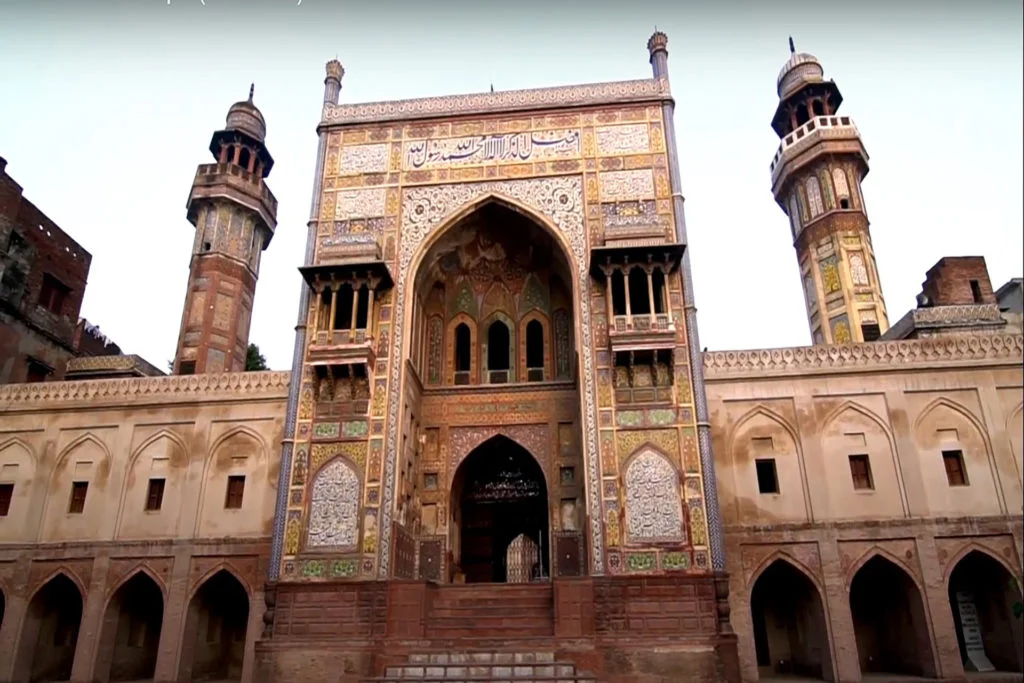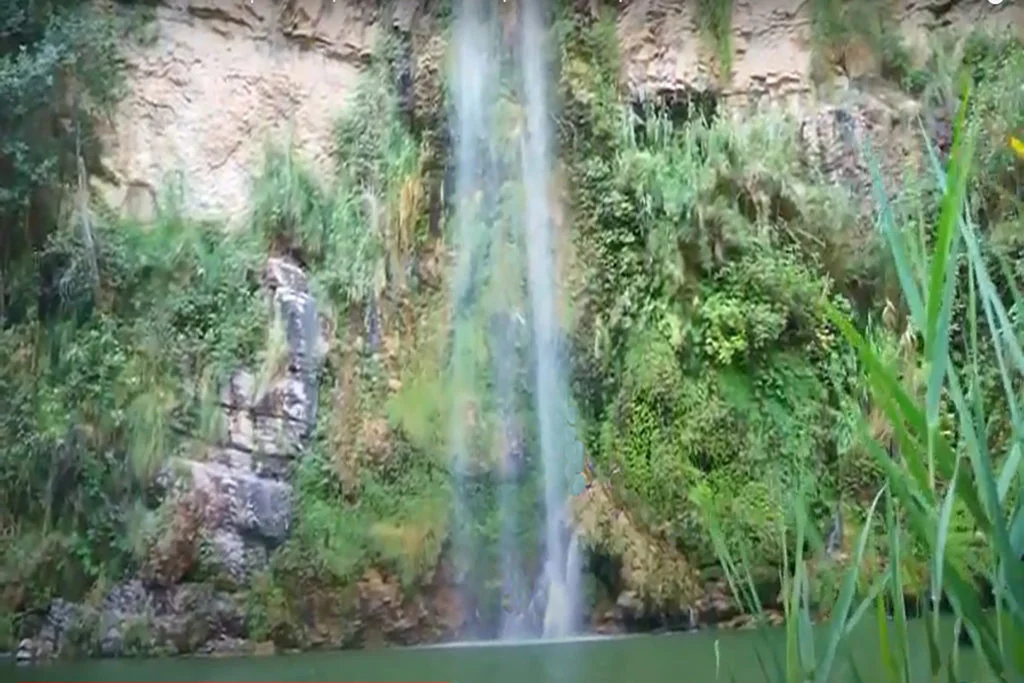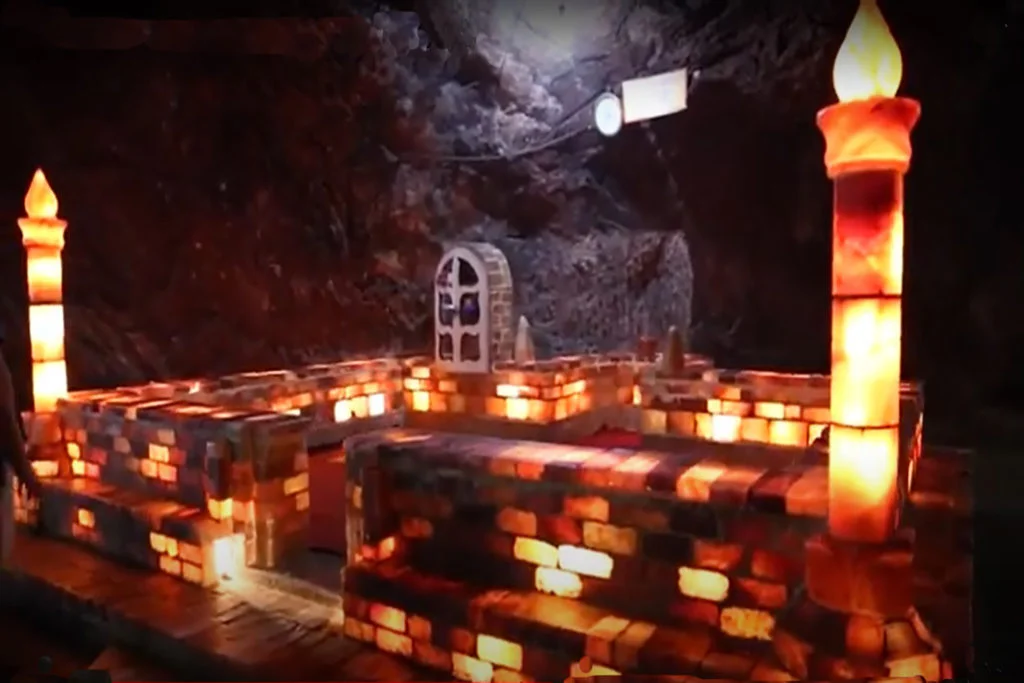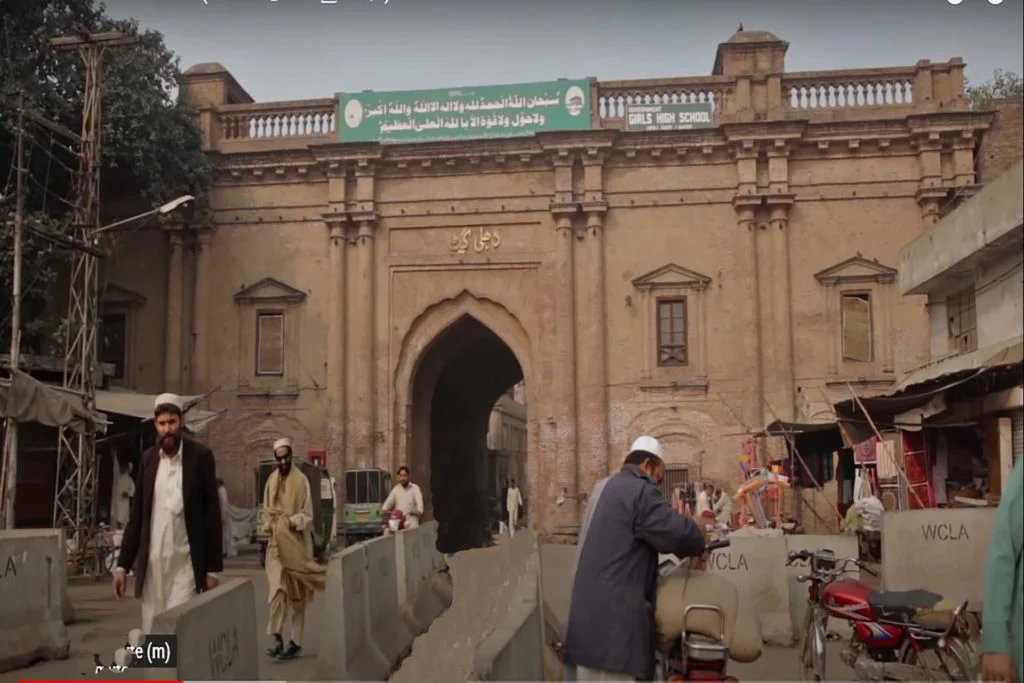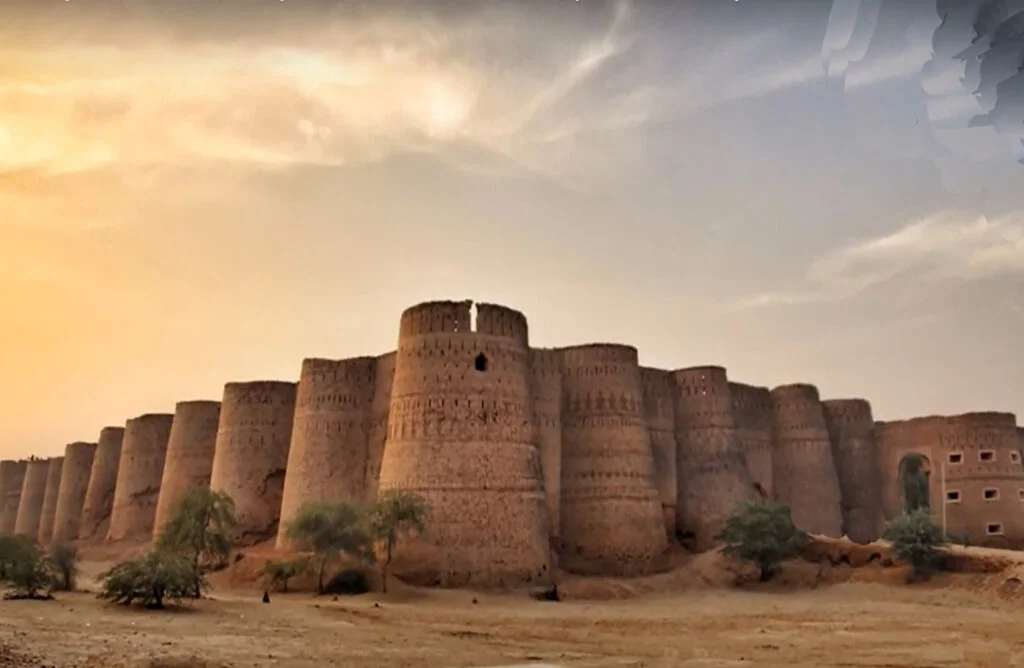The Jaulian Buddhist Stupa and Monastery is a remarkable archaeological site located in the ancient city of Taxila in Pakistan. The site dates back to the 2nd century BCE and is a testament to the rich cultural and religious history of the Gandhara region. Here is a closer look at the Jaulian Buddhist Stupa and Monastery and what makes it so special.
History of Jaulian Buddhist Stupa and Monastery in Taxila
The Jaulian complex consists of a stupa and a monastery, both of which were constructed during the Kushan period. The stupa is a hemispherical dome-shaped structure that was used for Buddhist meditation and worship. It is one of the largest stupas in the Taxila region and measures about 16 meters in diameter and 6 meters in height.
The Jaulian Monastery Taxila is equally impressive, with several structures that were used for teaching and learning. The main hall of the monastery is a large open space that was used for lectures and debates. The walls of the hall are adorned with beautiful sculptures and carvings, many of which depict scenes from the life of the Buddha.
The path to the site has been prepared for visitors. The view from above is stunning because of the clear air and elevated location. You can see far into the distance. The government has put up a large map of the Jaulian site to help tourists find their way. This place resembles Mohra Moradu and Piplan, possibly because they were constructed around the same time. On the map, you can spot two square sections easily. One was used for the stupa and prayers, while the other was for gatherings and living.
When you enter, there’s a hall for prayers. Inside, there are 28 small rooms for individual prayers. The main stupa is at the center of the hall, surrounded by other smaller stupas. There are also statues of Buddha. One of these statues has a hole in the stomach and is believed to represent the Healing Buddha in Buddhist beliefs. Below the Buddha statues, there are writings in a script called Kharosthi. These are thought to be the names of people who donated or contributed. These stupas are very significant to Buddhists because they hold the remains of their ancestors.
The other hall was used as a living area. In the middle, there’s a pool with rooms built around it. This was probably a two-story building. Skilled workers placed small and large stones in the walls in a clever way to make them strong against earthquakes. Each room has a window and a special nook. The windows are wider on the inside and narrower on the outside, which helps keep out wild animals.
Jaulian Stupa and Complex
Visiting the Jaulian complex is a truly awe-inspiring experience. As you walk among the ruins, you can’t help but feel a sense of wonder at the skill and craftsmanship of the ancient artisans who created these beautiful structures. Whether you are a history buff, an art lover, or simply looking for a peaceful and contemplative setting, the Jaulian Buddhist Stupa and Monastery has something to offer everyone.
If you plan on visiting the Jaulian complex, it’s important to be respectful of the site and its history. Remember that these structures are ancient and fragile, and that they must be preserved for future generations. Take care not to damage any of the structures or carvings, and be mindful of the impact that your visit may have on the site.
Pictures Gallery – Jaulian Buddhist Stupa and Monastery


















Jaulian Stupa Architecture
One of the most striking features of the Jaulian complex is the intricate stonework and carvings that adorn the structures. The carvings depict a range of subjects, including images of the Buddha, stories from Buddhist mythology, and scenes from everyday life in ancient Gandhara. The attention to detail and skill of the artisans who created these works of art is truly remarkable.
Today, the Jaulian Buddhist Stupa and Monastery is a popular destination for tourists and scholars alike. Visitors can explore the ruins of the complex and take in the beauty of the surrounding landscape. The site has also been the focus of several archaeological excavations, which have helped to shed light on the history and culture of the Gandhara region.
However, like many ancient sites around the world, the Jaulian complex faces several challenges. The site is at risk from natural erosion and weathering, as well as from human activity such as looting and damage caused by tourists. Efforts are being made to protect the site and ensure that it can be preserved for future generations.
Overall, the Jaulian Buddhist Stupa and Monastery is a truly remarkable archaeological site that offers a fascinating glimpse into the rich history and culture of the Gandhara region. Its beautiful stupa and monastery, intricate carvings, and peaceful surroundings make it a must-see destination for anyone visiting Taxila.

